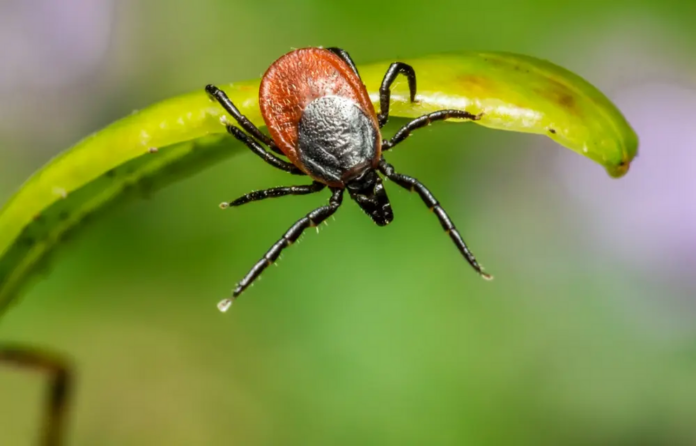Tick season: one in seven people had Lyme disease and didn’t know it, study says
The summer season is also tick season in many parts of the world, and a new report finds many people may have contracted tick-borne Lyme disease without even realizing it.
Researchers estimate that over 14 percent of the world’s population has had a case of Lyme disease due to contact with a tick. That’s one in every seven people. With the warm summers months between May and August bringing a resurgence of disease-carrying tick populations, study authors are sounding the alarm to prevent more infections.
Lyme disease, or Borrelia burgdorferi sensu lato (Bb) infection, is the most common illness ticks carry. Overall, only mosquitoes carry more harmful microbes than ticks. If a tick bites you, redness and swelling in the shape of a bull’s-eye typically forms around the bite. If left untreated, the infection can spread to surrounding tissues and organs, impairing the nervous system, joints, heart, and skin.
The new study aimed to find out just how prevalent this disease is globally. To do that, researchers combed through databases and reviewed 137 previous studies through 2021. They then pooled the data from 89 other studies, including more than 158,000 people.
Although not everyone in the study had an active case of Lyme disease, researchers say the presence of antibodies to Bb infection in a patient’s blood points to a previous case of the disease. Overall, 14.5 percent of all patients had a seroprevalence—presence of antibodies to Bb infection.
Where are people most at risk for Lyme disease?
While tick-borne Lyme disease is an annual summer concern across the United States, the study also found that Central Europe (21%), Eastern Asia (16%), and Western Europe (13.5%) had the highest rates of seroprevalence in that part of the world.
In the U.S., the CDC reports that there were roughly seven cases of Lyme for every 100,000 people in 2018. The bulk of these cases occur in the Northeast and Upper Midwest. Meanwhile, areas like the Caribbean (2%), Southern Asia (3%), and Oceania (5.5%) had the least number of people testing positive for a previous infection.
“Our results indicate that the prevalence of Bb in 2010–2021 was higher than that in 2001–2010,” the study authors write in a media release.
What’s driving up Lyme disease cases?
Study authors believe the continuing changes in the climate could be one reason for the increase in tick-borne illness cases. Longer summers, warmer winters, less rainfall, and more animals migrating could all be contributing to more ticks crawling through populated communities.
Ticks are relatively tiny creatures, with some as small as the head of a pin. Health officials regularly warn people traveling in wooded areas to watch out for ticks in tall, grassy fields. People walking through these kinds of areas should also wear bug repellent and keep their socks up high in order to spot ticks crawling on them.
Lyme disease can cause flu-like symptoms, joint pain, and weakness in the limbs. However, if doctors catch it fast enough, a two to four-week course of antibiotics can cure the disease without major side-effects.
“The reported estimated global Bb seropositivity is relatively high….[Lyme disease] is a widely distributed infectious disease, but it has not received much attention worldwide,” the researchers write.
A more accurate picture of its global distribution and who is most at risk of infection “could inform the development of public health response policies and [Lyme disease] control programs,” the team suggests.
The findings are published in the journal BMJ Global Health.

